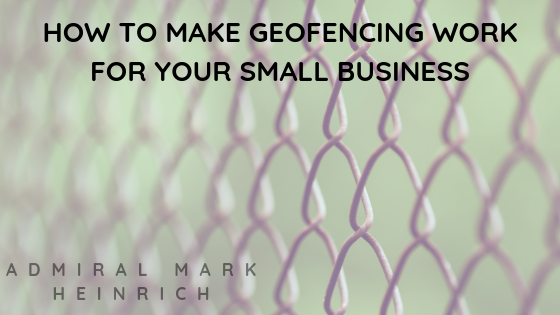Geofencing is a mobile service that enables business operators to send promotional information and notifications to potential customers using smartphones. The mobile service is location-based, and so it allows the transmission of messages and notifications only to users within a particular geographical location. The primary objective of geofencing is to engage potential clients and consumers by sending promotional information directly to their phones. The fact that small businesses are less popular to the consumers than the more prominent brands, geofencing becomes a very useful marketing tool for these businesses so that they can enhance their market reach and consequently boost their revenues.
How does it really work?
This sophisticated technology of geographic “fencing” draws a customized virtual perimeter within the geographical location of the business in the subject. Whenever someone enters or gets out of the virtual boundary that has been set for the geofencing promotion campaign, the technology triggers the transmission of the advertising or promotional notification to the individual’s smartphone. However, since this technology is location-based, only the users who cross the virtual perimeter who are likely to receive the business notifications.
Getting More Creative and innovative
Despite the technology being location-based, the business is not limited to their locations when setting up the geographical perimeters. They can target more strategic areas where they expect to tap more potential customers that can be directed to consume their products and services. For instance, if the business specializes in the provision of wedding-related services, the owner can set the virtual perimeter around the main wedding venues. This could ensure that the users who get around the locations will receive messages in their smartphones notifying them of the availability of the services in that location.
Another way in which small business owners can get creative with geofencing is by setting the virtual perimeters around their competitors. Any time a customer gets near the competitors’ businesses, they are prompted with notifications of similar services in the same location. The small businesses can move an extra mile to indicate the presence of a discount on their stock or services. This would lure a large number of customers who intended to purchase the competitor’s products and divert them towards their business.
In a nutshell, geofencing has been proven to be a very useful marketing tool for many successful small businesses. This is because it enables businesses to reach a wide range of consumers from specific target locations without spending heavily on promotion and marketing. This reduces the cost of production and subsequently increases the business’s revenue.
